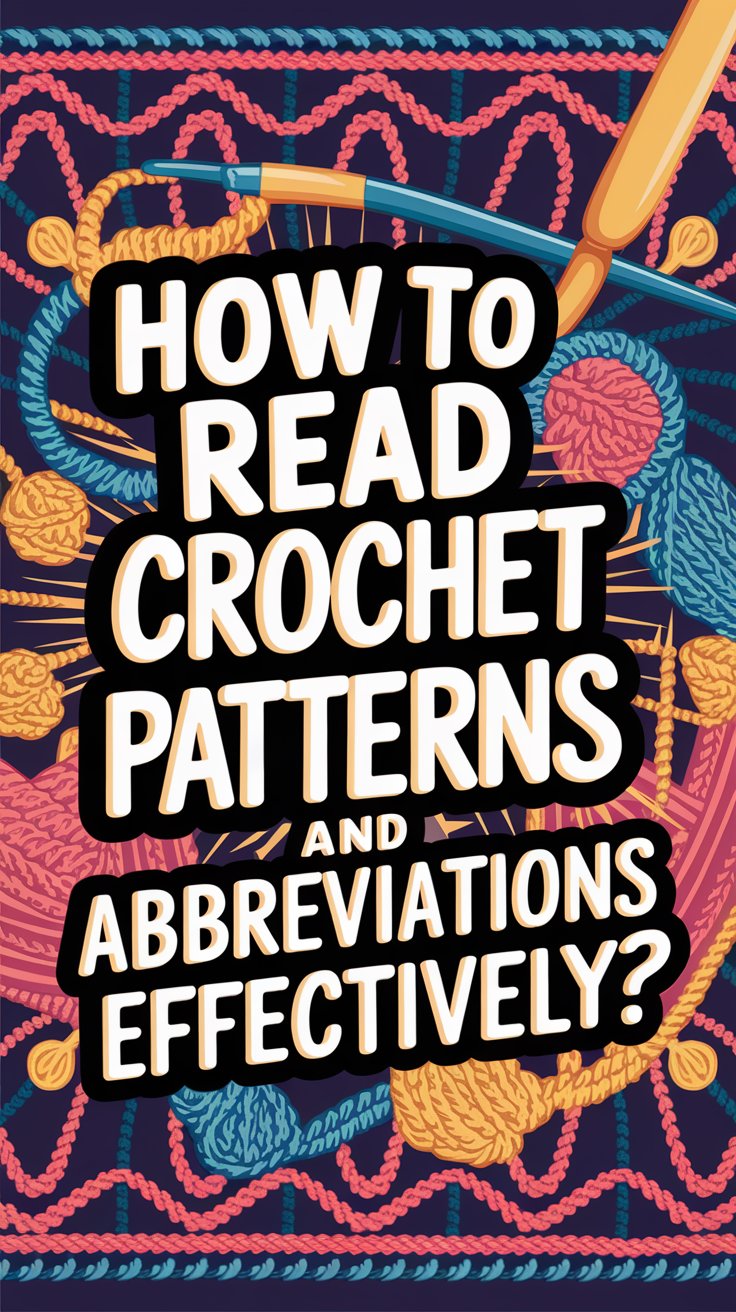Crochet patterns may seem overwhelming at first, but once you understand the structure and abbreviations, they become much easier to follow. This guide will help you decode patterns, understand abbreviations, and follow instructions with confidence.
Understanding the Structure of a Crochet Pattern :
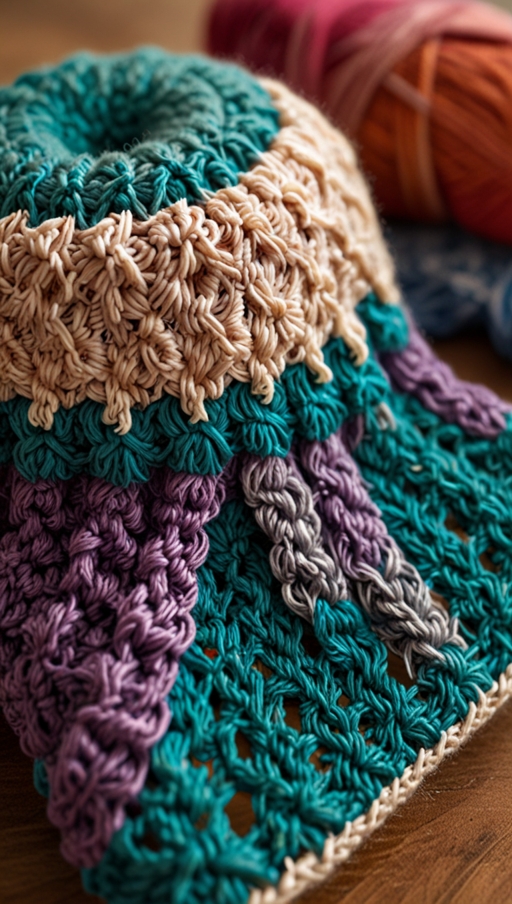
A typical crochet pattern includes several key sections:
- Title and Description – The name of the project and a brief overview of what you are making.
- Skill Level – Indicates whether the pattern is beginner, intermediate, or advanced.
- Materials List – Specifies the yarn type, hook size, and any additional materials required.
- Gauge – Provides information on stitch size to ensure correct sizing.
- Abbreviations and Special Stitches – A list of commonly used abbreviations and any unique stitches involved.
- Pattern Instructions – The step-by-step guide to creating the project, written in a standard format.
- Finishing Instructions – Final steps, including weaving in ends or blocking.
Common Crochet Abbreviations and Symbols :
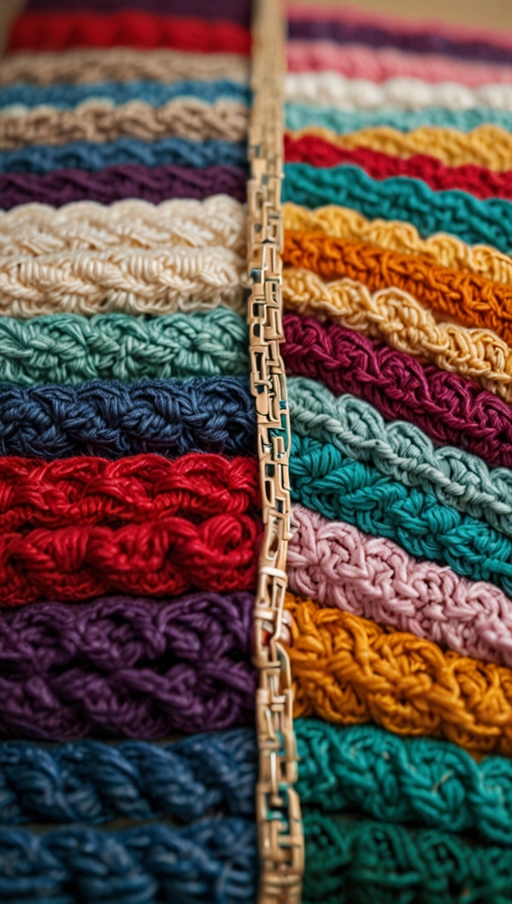
Crochet patterns use abbreviations to keep instructions concise. Below is a list of standard abbreviations:
- ch – Chain stitch
- sc – Single crochet
- dc – Double crochet
- hdc – Half double crochet
- tr – Treble crochet
- sl st – Slip stitch
- st(s) – Stitch(es)
- rep – Repeat
- tog – Together
- sk – Skip
- yo – Yarn over
- FO – Fasten off
Reading Pattern Instructions :
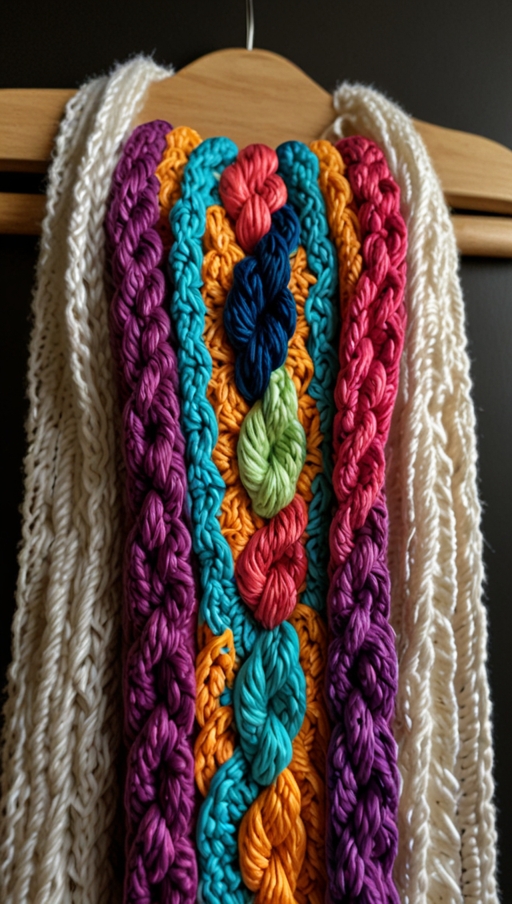
Patterns are written row by row or round by round. Here’s how to break down a basic pattern:
Example: Ch 20, sc in 2nd ch from hook, sc across, turn (19 sts).
- Ch 20 – Make 20 chain stitches.
- sc in 2nd ch from hook – Insert your hook into the second chain from the hook and make a single crochet.
- sc across – Continue making single crochet stitches in each chain.
- turn – Turn your work to start a new row.
- (19 sts) – Confirms that you should have 19 stitches at the end of the row.
Special Pattern Notations :
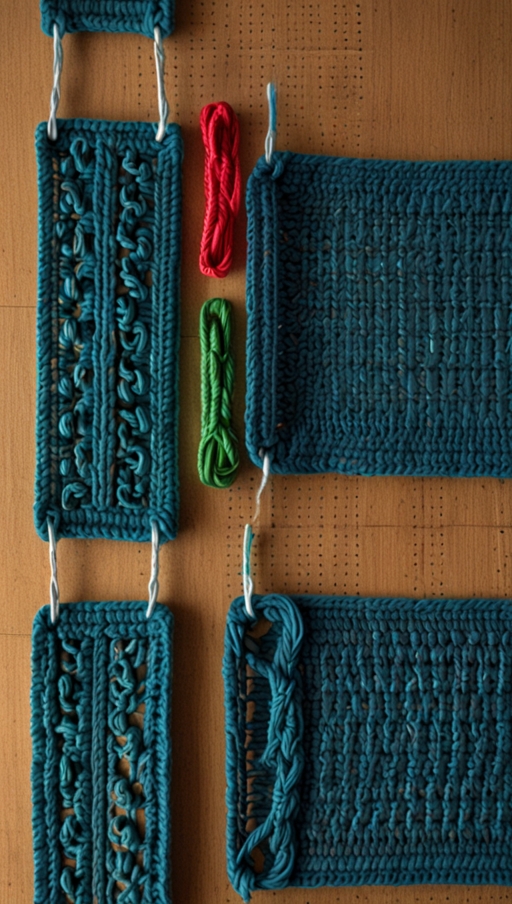
Some patterns include additional symbols:
- Asterisks (*) – Indicate a section to repeat. Example: sc in next 5 sts, ch 2, sk next st, sc in next 5 sts rep across.
- Parentheses ( ) – Groups stitches together. Example: (sc, ch 2, sc) in next st means to complete all stitches inside the parentheses in the same stitch.
- Brackets [ ] – Often used to indicate a set of instructions to be repeated a specific number of times.
Tips for Reading Crochet Patterns Efficiently :

- Familiarize Yourself with Abbreviations – Keep a reference list handy.
- Read the Pattern Before Starting – Understand the flow of instructions to prevent confusion.
- Check Your Gauge – Ensuring correct tension helps achieve the right size.
- Use Stitch Markers – Helps track rounds or pattern repeats.
- Practice with Simple Patterns – Start with beginner-friendly projects before attempting complex ones.
- Watch Tutorials – Visual aids can help clarify tricky stitches.
- Highlight Key Sections – Mark repeats and special instructions to stay on track.
- Take Notes – Writing down row counts or modifications helps track progress.
Conclusion :
Reading crochet patterns effectively requires practice, but once you become familiar with abbreviations, symbols, and instructions, you’ll be able to follow any pattern with ease. Start with beginner patterns, gradually progress to complex ones, and soon you’ll be creating beautiful crochet projects effortlessly!

